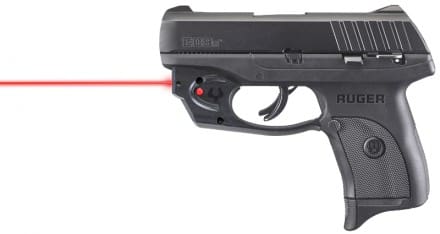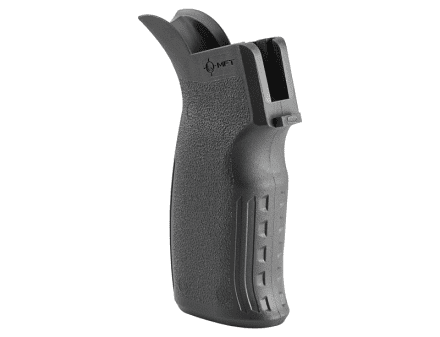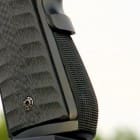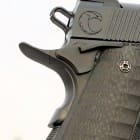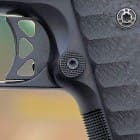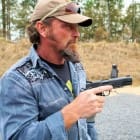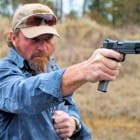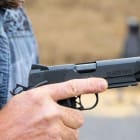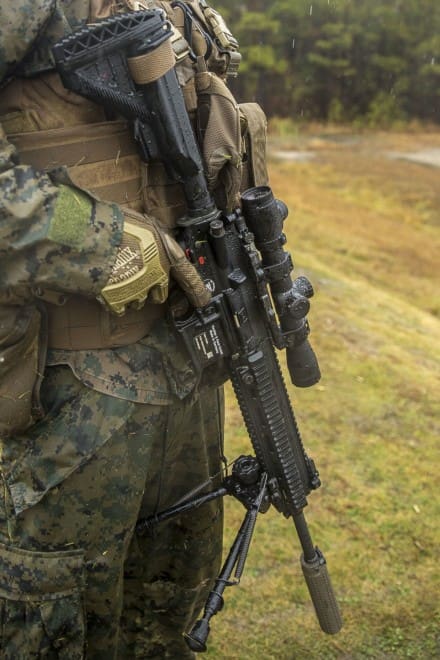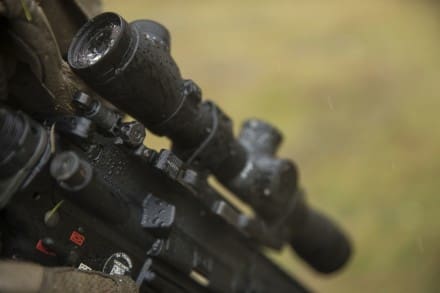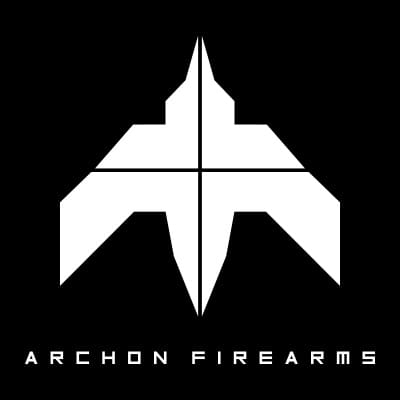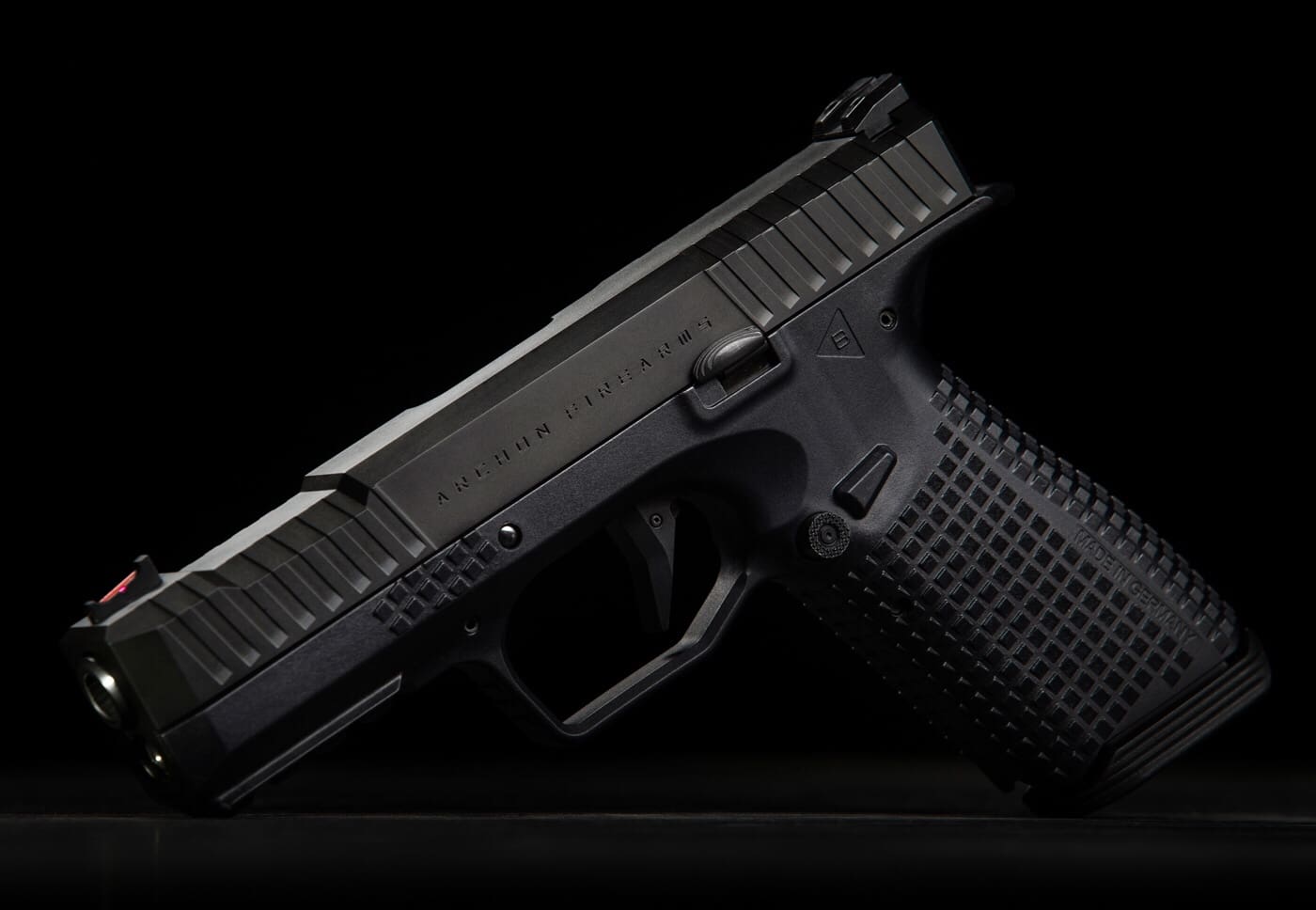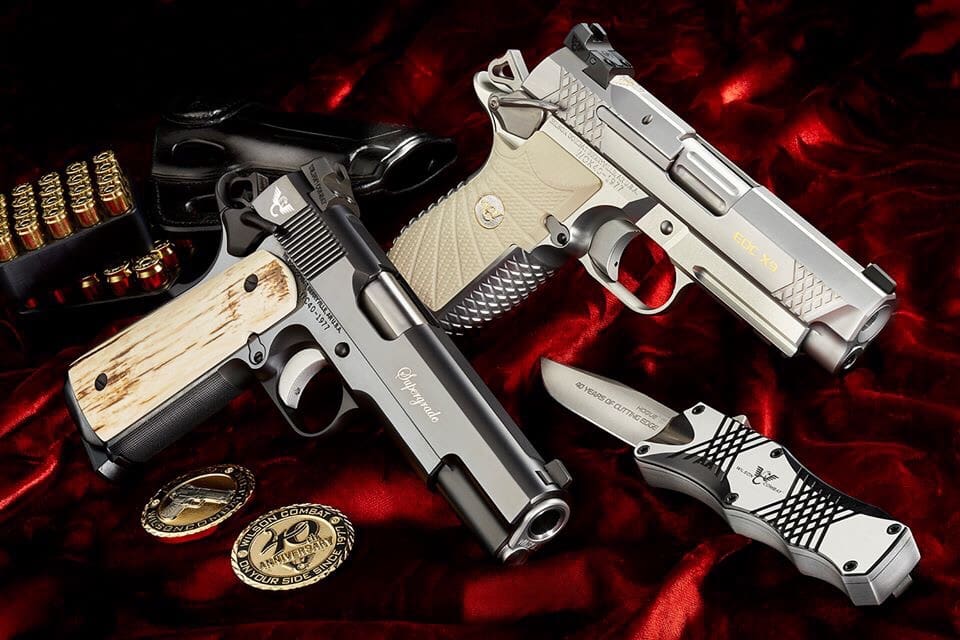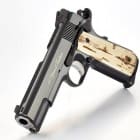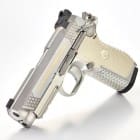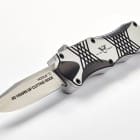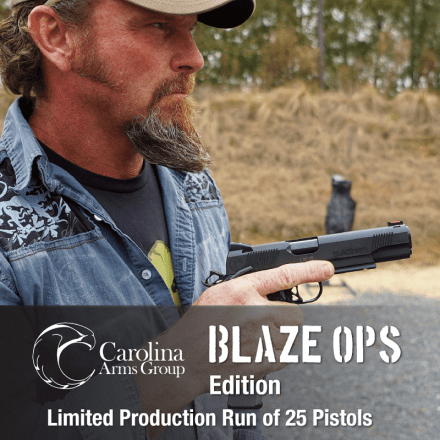
I had recently heard that there was a new 1911 in the works by the folks at Carolina Arms Group. They are known for building high quality custom 1911s and they teamed up with Pat McNamara on the project. Most SSD readers are already familiar with Pat McNamara from TMACS Inc and Combat Strength Training. I had the opportunity to speak with both Pat McNamara and Mark McCoy from Carolina Arms Group about their collaboration on what they call the “Blaze Ops” Edition pistol:
SSD: Mark, tell me a little about yourself.
Mark: I’m the CEO and Founder of Carolina Arms Group. Prior to starting CAG I served in the Navy from 1989 to 2009.
SSD: What did you do in the Navy?
Mark: I was in the Aviation sector in repair and quality.
SSD: When did you start Carolina Arms Group?
Mark: I had been in the firearms industry from the time I left the Navy in 2009. I wanted to come out with my own high quality custom 1911 so in 2012 I launched Carolina Arms Group. The first two models I introduced were the Trenton and TC45.
SSD: Your Company is located in NC. Why NC?
Mark: We searched the Carolinas for where we would settle down and call home. We selected Mooresville, North Carolina due to its diverse background in high speed machining and close proximity to Montgomery Community College in Troy, North Carolina. My goal was to blend both senior gunsmiths and the next generation of gunsmiths for the long term growth of custom 1911 building in the industry.
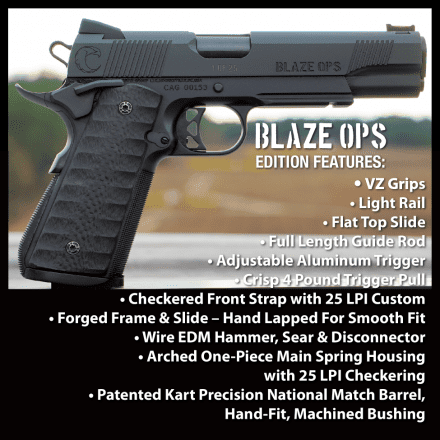 SSD: One of the first things I noticed on your 1911s was the company logo on the slide. What exactly is it?
SSD: One of the first things I noticed on your 1911s was the company logo on the slide. What exactly is it?
Mark: Our logo has a deep meaning to us at Carolina Arms Group. We named our logo the Carolina Arms Group Eagle “C”. The top of the logo is the American Bald Eagle which to us represents the strength, protection and freedoms that our Great Nation offers. The lower portion of the Eagle ”C” has the wing folded forward which represents the men and women that have died, that have served and continue to serve Our Great Nation that may still continue to offer us strength, protection and freedom. The name Carolina Arms Group pays homage to the Carolinas, our support of the second amendment, and that we are a highly skilled group of gunsmiths and machinists.
SSD: I gotta ask… why the 1911?
Mark: The 1911 model handgun is the American handgun of choice for many of our citizens and the most respected instructors. In my opinion, there is no better handgun that represents America. The 1911 has stood the test of time and has been designated by many authorities as the finest service pistol of all time. I was infatuated at a young age with the mechanics and design of the 1911. I carried a 1911 while I served in the U.S. Navy and currently carry one as my sidearm of choice today.
SSD: What sets your 1911s apart from the others on the market?
Mark: Every Carolina Arms Group 1911 is uniquely blended and handcrafted with the end-user in mind. We believe in quality over quantity. We take our time on each and every 1911 as if we are giving life to it. Our 1911’s are built one at a time with every part laser engraved to the serial number and crafted one at a time. It’s all about craftsmanship and reliability.
SSD: So why did you team up with Pat Mac for this new project of yours?
Mark: Because Pat is one of the best of the best in his field and he deserves the best firearms.
SSD: Mac, I’ve seen you running 1911s in the past. What attracted you to the Carolina Arms Group version?
Mac: I’ve got a friend (Jon) who works for CAG. He tagged me on social media to let me know what CAG was working on. I chatted with Mark shortly thereafter and expressed my interest in purchasing a 1911 in 9mm.
SSD: Which model did you get from CAG?
Mac: Their Trenton 9.
SSD: What was the thought process that went into the specific features of the Blaze Ops 1911?
Mac: It is essentially a replica of the 1911 I used while serving in USASOC.
SSD: Mark, what were your thoughts on the features Mac wanted for the Blaze Ops edition?
Mark: I think Pat nailed it with what he felt a 1911 should be equipped with. From the uniquely blended one piece arched main spring housing, extended mag release, cocking serrations, flat top slide, fiber optic front and rear sights and proprietary coating. The Blaze Ops edition is a well-balanced tactical handgun.
SSD: Mac, after you took delivery of the Blaze Ops pistol, what were your initial thoughts on it?
Mac: I became instantly enamored.
SSD: I saw that you ran the pistol in a recent class you taught at the Panteao facility in SC, then used the same pistol for your upcoming Sentinel video from Panteao. Now that you’ve been putting the pistol through the paces, what do you think of it now?
Mac: I shoot for a living and do not shoot much for pleasure. This gun has reignited my love for shooting.
SSD: That says a lot. I have to ask… people always comment on social media about the high prices for premium 1911s like the Blaze Ops version. What do you say to those folks?
Mac: Quality is never cheap but it is often bargained. Good isn’t cheap and cheap isn’t good. These guns are custom built with American steel and every part is made and numbered for that specific gun.
SSD: When will the Blaze Ops Edition be available for purchase?
Mark: We are taking orders now for it. There are only 25 being built and Mac has the first one, so there are 24 left. Of those, a handful are already pre-sold. We expect to start shipping them in February.
SSD: Gentlemen, thank you for taking the time out to talk about your project.
carolinaarmsgroup.com
tmacsinc.com
panteao.com


